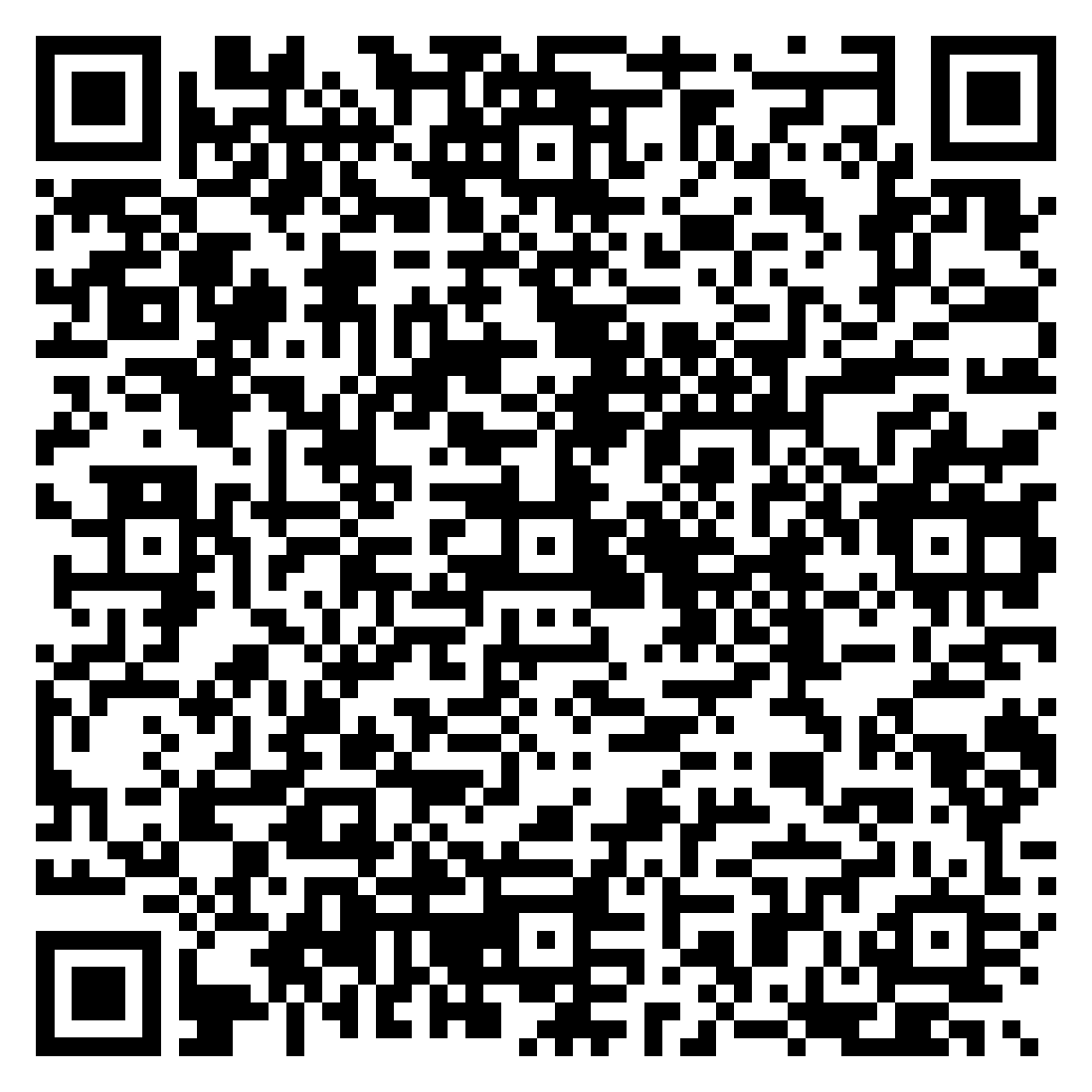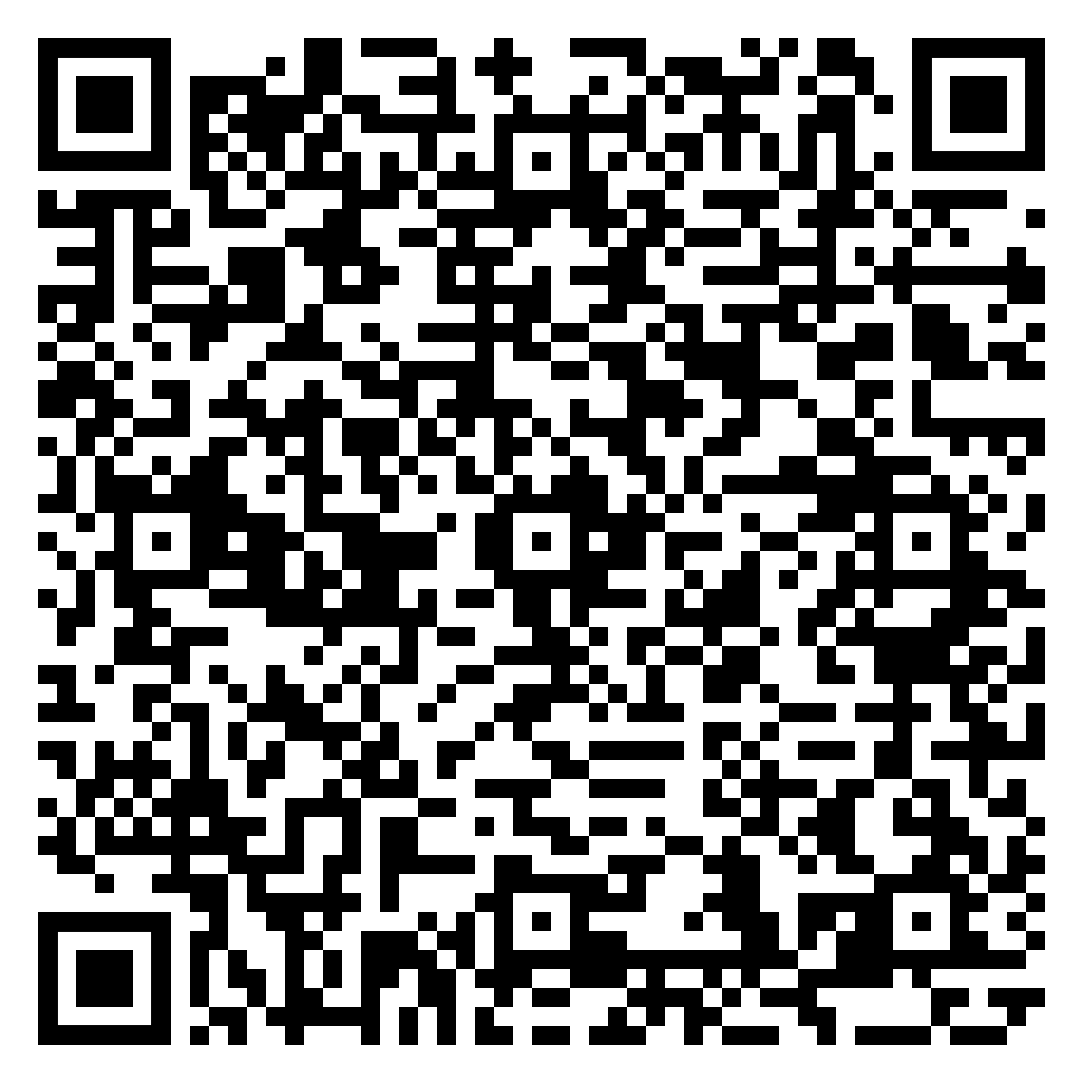
Prioritize your mental well-being daily. Enhance your life by nurturing your mental health with the Smart Meditation app. Break free from stress, alleviate anxiety, and enhance your sleep quality starting today.
What Scedule Level Is Xanax?
Unlocking the Mystery: The Schedule Level of Xanax
Diving into the realm of pharmaceuticals, Xanax, a name that echoes through the corridors of anxiety treatment, stands out as a beacon for those grappling with panic disorders and anxiety. However, it’s not all smooth sailing. The classification of Xanax under the Controlled Substances Act is a topic that often generates waves of curiosity and concern. Understanding its Schedule Level is crucial not just for professionals in the healthcare field but also for individuals who lean on this medication as a lifeline to normalcy.
The Controlled Substance Act: A Bird’s Eye View
Before we zero in on Xanax, let’s take a whirlwind tour of the Controlled Substances Act (CSA). Enacted in 1970, the CSA is the cornerstone of drug regulation in the United States. It categorizes drugs, substances, and certain chemicals used to make drugs into five distinct schedules. This sorting is based on the substance’s acceptable medical use, and its potential for abuse and dependency. Schedule I drugs are deemed the most dangerous, with no recognized medical benefits, spiraling all the way down to Schedule V, which encompasses drugs with lower potential for abuse.
Xanax: Decoding its Schedule Level
So, where does Xanax fit into this puzzle? Drumroll, please… Xanax, known generically as alprazolam, is classified as a Schedule IV substance. But what does that really mean? Let’s unpack it.
Schedule IV drugs are a curious bunch. They have a legitimate medical use but don’t get too comfy; they also carry a risk for dependence. The drugs in this category are considered to have a lower abuse potential compared to the substances categorized under Schedules I through III. However, let’s not sugarcoat it – the risk is still there, lurking in the shadows.
Xanax’s placement in Schedule IV is attributed to its anxiolytic (anti-anxiety) properties. This medication is a knight in shining armor for those battling anxiety and panic disorders, offering them a semblance of peace in the tumultuous sea of their thoughts. However, this knight comes with its own set of challenges. The potential for abuse and addiction cannot be swept under the rug. It’s akin to walking a tightrope; balancing its benefits while being acutely aware of its darker side.
A Closer Look at the Implications
Being a Schedule IV drug means that Xanax is a controlled substance with specific guidelines around its prescription and dispensation. Healthcare providers tread with caution, prescribing it with an awareness of its habit-forming potential. From a legal perspective, unauthorized possession, distribution, or use of Xanax can lead to significant legal troubles, including fines and imprisonment.
However, for individuals who use Xanax under the vigilant eye of their healthcare provider, it can be a beacon of hope. The key lies in responsible use, adhering to the prescribed dosage, and staying in close contact with healthcare professionals to monitor its effectiveness and any side effects.
Final Thoughts
Navigating the intricacies of Xanax’s classification within the Controlled Substances Act unveils a compelling narrative. It’s a medication that holds the power to drastically improve the quality of life for individuals plagued by anxiety and panic disorders. Yet, with great power comes great responsibility. The classification of Xanax as a Schedule IV drug serves as a constant reminder of the necessity for vigilance, responsibility, and awareness when it comes to prescription medications. In this delicate dance between risk and relief, finding a balance is key. Healthcare providers and patients alike must stay informed and cautious, ensuring that the scales are tipped towards healing and health.




